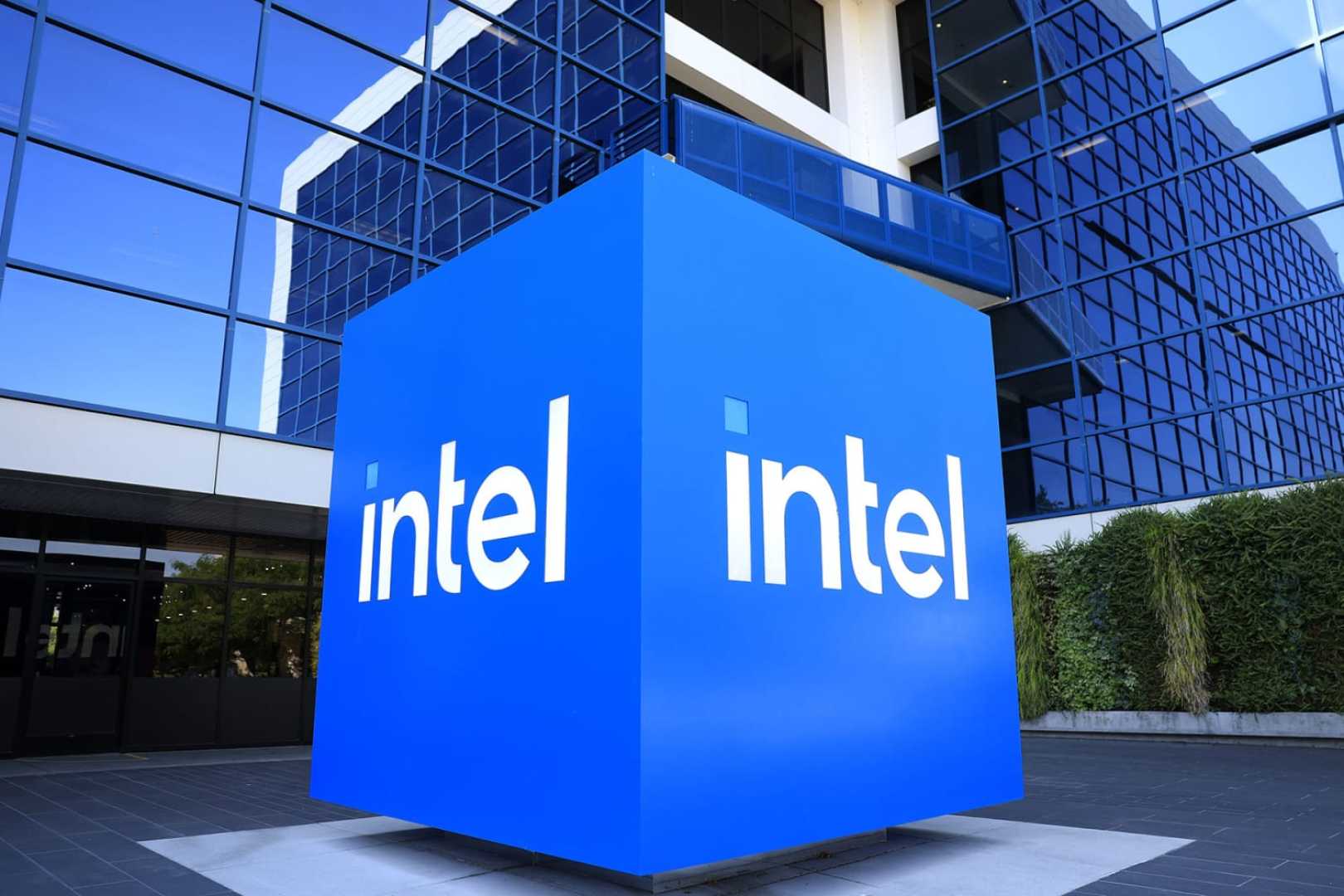Business
U.S. Government Acquires Stake in Intel Amid Chip Industry Turmoil

Santa Clara, California – In a bold move, the U.S. government will take a 10% stake in Intel, marking a significant shift in American industrial policy for the technology sector. Announced by President Donald Trump on Friday, the $8.9 billion investment seeks to bolster the domestic semiconductor industry, which is crucial for national security.
The deal is described by Commerce Secretary Howard Lutnick as a historic agreement that strengthens U.S. leadership in semiconductors. In a post on social media, Lutnick stated that the equity acquisition will not only grow the economy but also secure America’s technological edge.
Trump emphasized the significance of this transaction during remarks in the Oval Office, stating, “He walked in wanting to keep his job, and he ended up giving us $10 billion for the United States.” Shares of Intel surged over 5% upon the announcement, reflecting investor optimism.
Intel, based in Santa Clara, has faced challenges in recent years, falling behind rivals like Nvidia, which now boasts a market cap above $4 trillion. Intel’s struggles stem from missed opportunities in mobile technology and artificial intelligence, areas where Nvidia has excelled.
Trump’s announcement followed a tumultuous period for Intel CEO Lip-Bu Tan, who was accused of having problematic ties to China. Tan refuted these claims as misinformation and defended his integrity in a note to staff.
Part of the funding for the U.S. government’s stake comes from grants allocated under the CHIPS and Science Act enacted by President Joe Biden’s administration. This act aims to encourage chip manufacturing within the U.S. Intel has previously received significant financial backing from this program.
The $8.9 billion will allow the government to purchase approximately 433.3 million shares of Intel stock at a price of $20.47 per share, solidifying its position as a significant stakeholder. However, the government will not hold board representation or governance rights, agreeing instead to vote alongside Intel’s board on shareholder approval matters.
This unusual government intervention draws parallels to past instances, such as the U.S. government’s bailout of General Motors during the 2008 financial crisis. Experts are divided on whether this strategy will help Intel regain its competitive position in the semiconductor market.
With the increasing demand for chips in various technologies, the implications of this investment could ripple through the industry. However, many question who will utilize Intel’s upcoming production capabilities, as the company is still working to expand its manufacturing footprint.












